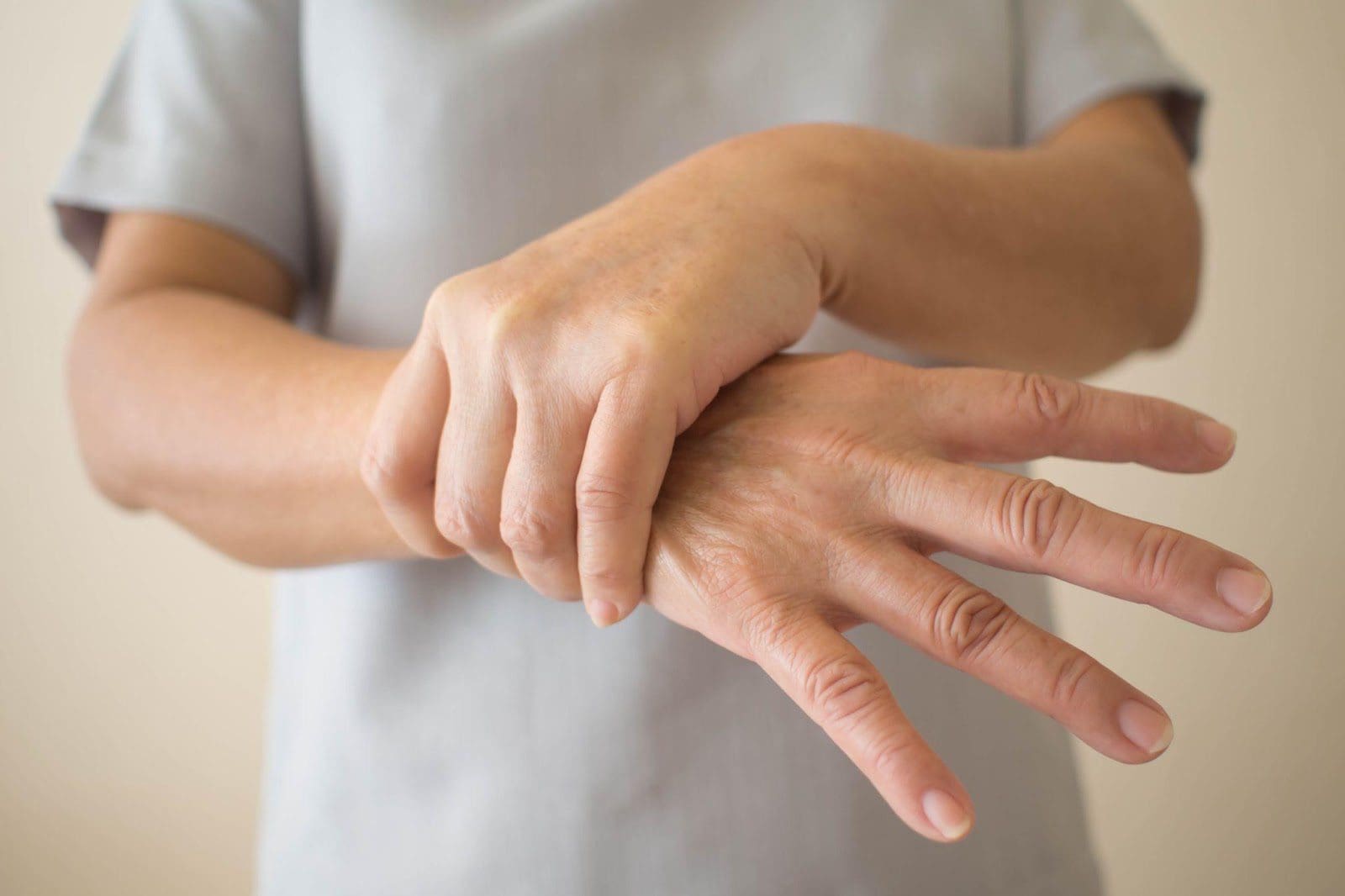
Essential tremors tend to affect people as they age, especially for those who have the genetic component that puts them at risk of developing a tremor. Although essential tremors are rarely serious, they can put a strain on life and make it difficult to perform simple everyday tasks.
There are several things you can do to manage essential tremors. One of the best options for suppressing essential tremors and correcting some of the problems that might contribute to the development of tremors is chiropractic care.
Chiropractic adjustments realign the spine and allow cerebrospinal fluid to flow properly through the spinal cord. This ensures that messages from the brain are transmitted as they should be, which reduces the risk of a variety of issues, including tremors. Chiropractic adjustment also supports the body's natural tendency to heal itself. Adjustments improve overall health and allow you to enjoy the best quality of life, regardless of whether or not you experience tremors.
Essential tremors are a neurological condition. It causes you to experience rhythmic, involuntary shaking. It can affect any body part but most often occurs in the hands. It's rarely dangerous, but it tends to worsen as someone ages and can be severe enough to interfere with everyday life. It can develop at any age but is more common after 40.

Essential tremor is sometimes confused with Parkinson's disease, but they are not the same. Other conditions or diseases do not cause essential tremors. It is a stand-alone condition unrelated to other diseases.
Symptoms of essential tremor include:
Essential tremor is called an action or movement tremor, which means it worsens when you are trying to perform an activity. This is not the case with Parkinson's when shaking tends to occur at rest and eases with movement. Parkinson's also rarely includes head shaking or nodding, which is common in people with essential tremors. Additionally, people with essential tremors report that their symptoms ease with alcohol consumption, which has shown little effect on people with Parkinson's.
Approximately 50 percent of people with essential tremor have a gene that is assumed to be related to the condition. When this is the case, their essential tremor is known as familial tremor. Researchers are unclear about what causes essential tremors in people without this gene. People with a parent with the altered gene have a 50 percent higher risk of developing the disorder, especially as they age.
Tremors might also develop due to:
Although these can occur in coordination with essential tremors or worsen essential tremors, they are separate issues. For example, someone going through alcohol withdrawal often experiences tremors, but that does not mean they have developed essential tremors.
Most of the time, tremors are unrelated to spinal issues, but it does occur. In these cases, chiropractic care is especially helpful.
It's also possible that cervical dystonia can cause tremors. It's a rare neurological disorder that triggers involuntary neck muscle contractions. The severity of cervical dystonia varies, but it can be painful and affect a person's quality of life.
It's also possible for other neck and back problems to cause tremors when the problems are compressing the spinal cord. This is because there are so many nerves in the spinal cord. Anything that affects them affects the nervous system and can lead to problems with movement. Compressed nerves affect communication along the spinal cord, leading to tremors.
Despite it being rare for spinal issues to cause tremors, in the cases it does occur or when other spinal health issues contribute to tremors, chiropractic care can help. It will not cure essential tremors, but it can make it easier to manage the symptoms and prevent "flare-ups."
Spinal subluxations occur when the spine is misaligned. These misalignments can put pressure on the nerves in the spine, which interferes with the messages that travel from the brain along the spine and throughout the body. In some cases, dysfunction in the central nervous system can trigger twitching, jerking, or shaking.

Subluxations also affect cerebrospinal fluid. This fluid flows throughout and around your spinal cord. It's responsible for cushioning your brain from injury. When a leak occurs due to a tear or hole or other issues along the spinal cord, it can trigger tremors, spasms, twitches, and pain. This causes a reduction in the volume of the fluid, which can cause the brain to sag inside the skull.
These tears can occur due to:
Subluxations are associated with cerebrospinal fluid leakage and imbalance. A chiropractic adjustment shifts the central nervous system and allows the energy to flow as it should. This supports the body's natural healing response. Restoring the spine's alignment reduces nerve interference and improves your brain's ability to communicate with the rest of the body.
Poor spinal positioning puts pressure on the brain stem, reduces blood flow, and impairs your nervous system's ability to function properly. Adjustments correct spinal alignment and allow cerebrospinal fluid to flow correctly.
Chiropractic adjustments harmonize the brain and spinal cord by removing restrictions.
One involving a 91-year-old man demonstrated that cervical myelopathy was the cause of his peripheral limb tremors. This patient underwent surgery to correct the problem, but because his symptoms were caused by cervical cord compression, chiropractic care could have had a positive effect on his tremors.
Another study involving a 39-year-old woman showed that high-velocity, low-amplitude chiropractic manipulation resolves her chronic issues with tremors. The woman experienced both tremors and migraine headaches as often as three times per week. She'd previously had little success with other treatment measures, including over-the-counter and prescription medications.
Chiropractic adjustments focused on her upper cervical spine, immediately relieving her tremors and headaches. She continued to enjoy improvement over four months of treatment. The study showed that chiropractic adjustments are effective for resolving migraine headaches and essential tremors.
Chiropractic adjustments improve a person's quality of life by reducing essential tremor symptoms. Treatment can be used in conjunction with current medications, but in some cases, medication is no longer needed.
Additionally, there are a few things you can do along with chiropractic care that improve your quality of life and help you manage your symptoms. For example:
Chiropractic care provides a safe, all-natural treatment option for people trying to manage essential tremors. There is no cure for essential tremors, but it is possible to manage and reduce symptoms. Chiropractic care helps directly and indirectly. It improves spinal health and reduces a person's risk of developing tremor. It also helps with contributing factors, such as reducing stress and improving sleep.
If you experience essential tremors and want an all-natural, holistic option for managing the issues, chiropractic care can help.

© Accident Care Chiropractic | Hablamos Español
Located in: North Portland, NE Portland, SE Portland, Gresham, Clackamas, Oregon City, Hillsboro, Bethany, Beaverton, Tigard, Forest Grove, Woodburn,
McMinnville, Keizer, Salem, South Salem, Bend, Springfield, Vancouver, Hazel Dell, East Vancouver, Pasco, Kennewick, Lakewood.
We Specialize in Car Accident Treatment & Recovery
Home | About Us | Testimonials | Blog | Sitemap | Privacy Policy | Services | Locations | Contact Us